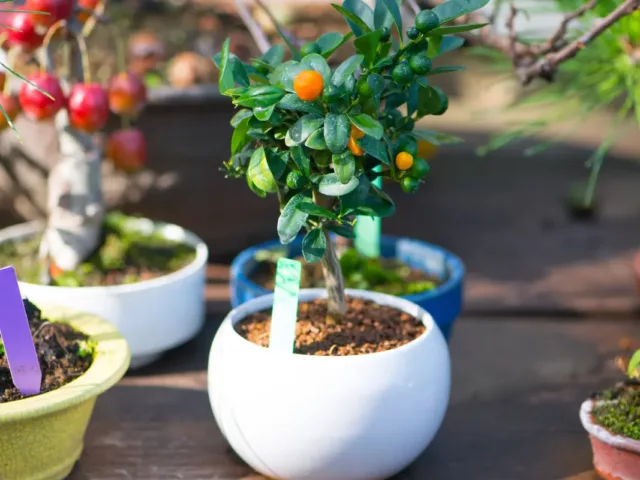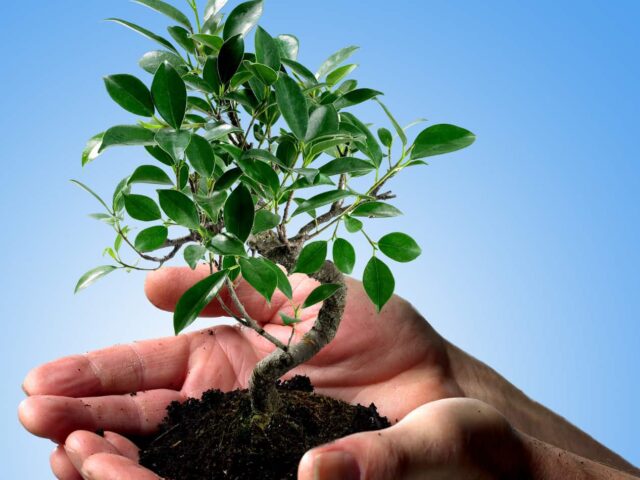You may have heard of the term ‘money doesn’t grow on trees,’ but have you ever come across a bonsai money tree? This intriguing plant has garnered attention for more than just its unique appearance.
Understanding the symbolism and care requirements of a bonsai money tree can open up a world of possibilities for bringing luck and abundance into your life.
Discover the secrets behind this captivating plant that goes beyond its financial connotations and learn how it can enrich your living or working environment in unexpected ways.
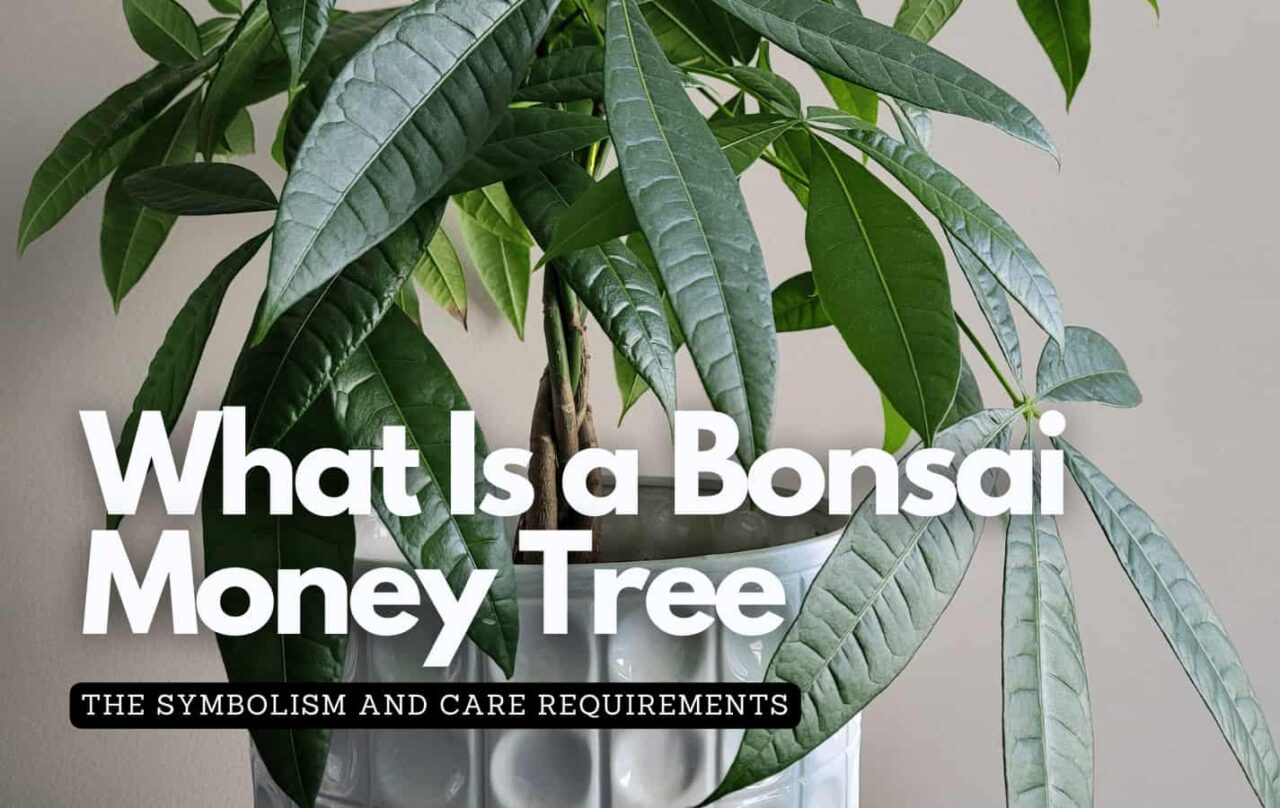
Key Takeaways
- Symbolizes wealth, prosperity, and abundance.
- Requires moderate temperatures and balanced light.
- Prune for shape, redirect energy, and prevent issues.
- Maintain lush foliage for longevity and cultural significance.
Origin of Bonsai Money Trees
The cultivation and history of Bonsai Money Trees trace back to their origins in South America within the Malvaceae family. Also known as Guiana chestnut or Malabar chestnut, these trees have captivated enthusiasts worldwide with their unique appearance and symbolism.
Bonsai money trees, with their distinctive trunk and glossy green leaves, have become popular choices for those seeking a harmonious blend of nature and art in their living spaces.
These trees, when carefully pruned and shaped through the art of bonsai, embody elegance and tranquility. Their resilience and adaptability make them suitable for both novice and experienced gardeners.
Understanding the environmental needs of bonsai money trees is crucial for their well-being. They thrive in moderate temperatures ranging from 65-75°F and require balanced light exposure for optimal growth.
In replicating the tropical conditions they originate from, maintaining high humidity levels is essential. Choosing the right potting soil, typically peat-moss-based, and ensuring proper soil acidity are key factors that contribute to the successful cultivation of these exquisite trees.
Symbolism of Money Trees
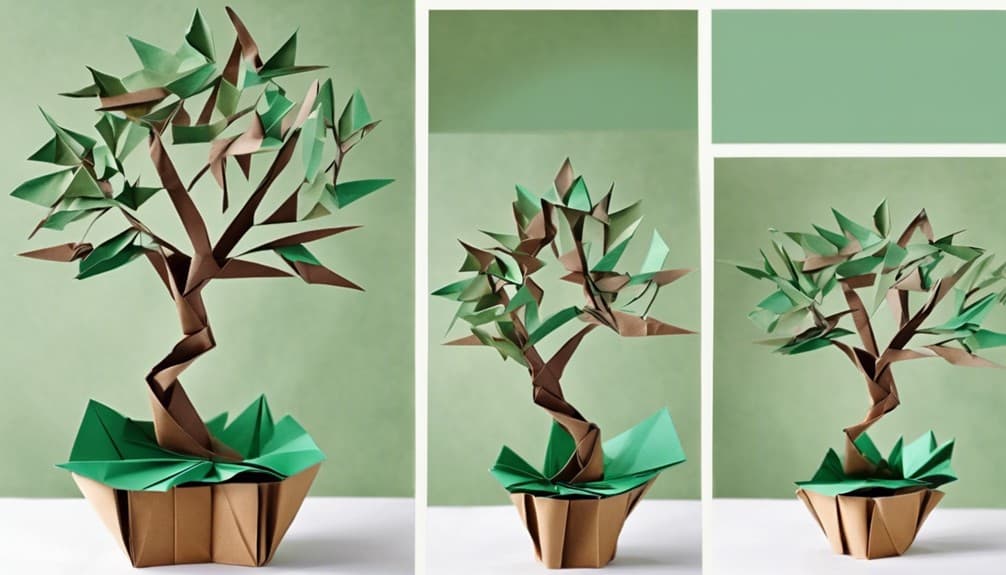
Money trees symbolize wealth and prosperity due to their lush green leaves and vibrant appearance, signifying abundance and financial success.
The belief in the positive energy they bring is deeply rooted in various cultures, making them popular choices for homes and businesses seeking good fortune.
Adorned with red ribbons, money trees enhance their symbolism, attracting luck and prosperity to those around them.
Wealth Symbolism
Often associated with wealth and prosperity, money trees serve as powerful symbols of financial success in various cultural contexts. The symbolism of the Money Tree Bonsai extends beyond its aesthetic appeal to represent good fortune and abundance.
In homes and businesses, these trees are strategically placed to attract positive energy and financial prosperity. The belief in their ability to bring luck and abundance has made them popular choices for decoration.
In some cultures, additional elements like red ribbons or coins are added to enhance their symbolic wealth representation. In practices like feng shui, the presence of a money tree is linked to financial well-being and abundance, making it a cherished symbol of prosperity and success.
Prosperity Representation
Pivoting from the previous discussion on wealth symbolism to the current focus on the prosperity representation of money trees, these botanical wonders embody the essence of financial success and abundance in various cultural beliefs. Money trees, such as the bonsai tree, symbolize prosperity, good fortune, and positive energy.
Placing these trees in homes and businesses is believed to attract wealth and luck. In Japan, money trees have been popular for centuries due to their association with good fortune. Adding red ribbons to money tree bonsai further enhances their ornamental value.
The symbolism of money trees aligns with the universal human desire for prosperity and abundance, making them not just aesthetically pleasing but also spiritually uplifting symbols of financial well-being.
Care Requirements for Money Trees

To properly maintain your Money Tree bonsai, it’s essential to follow specific care requirements tailored to its unique characteristics and growth patterns. As an indoor plant, your Money Tree requires attention to detail to thrive.
When it comes to tree care, ensure the bonsai receives bright, indirect light to support its growth. Water the tree only when the soil is dry to prevent root rot, a common issue in these plants. Using a balanced bonsai fertilizer with varying NPK ratios will provide essential nutrients for healthy development.
Keep a close eye on the tree’s leaves; droopy or yellow leaves indicate dry soil conditions, prompting the need for watering adjustments. Monitoring your Money Tree’s health is crucial in maintaining its beauty and longevity.
Growing Techniques for Money Trees
Money trees require a balanced watering schedule to thrive, ensuring the top layer of soil is slightly dry before watering.
Pruning techniques play a crucial role in shaping the growth of your money tree bonsai, promoting a healthy and aesthetically pleasing form.
Optimal light conditions are essential for the growth and development of money trees, with medium bright light being the preferred choice for these bonsais.
Watering Frequency for Money Trees
Ensuring proper hydration for your money tree involves watering when the top layer of soil feels dry to the touch to prevent root rot. Overwatering can lead to root rot, so it’s crucial to allow the soil to dry out between waterings.
When watering, ensure thorough saturation until water drains from the bottom of the pot, ensuring proper hydration for your bonsai tree. Keep an eye on the foliage; droopy or yellow leaves signal the need for water.
To create a high humidity environment that money trees thrive in, consider using a humidity tray or misting the leaves.
Pruning Techniques for Growth
Proper pruning techniques play a vital role in maintaining the health and appearance of money trees, redirecting their energy for optimal growth, and preventing issues such as root rot.
Regular pruning promotes healthy growth by removing dead or overgrown branches, allowing for better air circulation and light penetration.
When pruning a money tree, it’s essential to use sterilized shears to prevent the spread of diseases. Additionally, braiding the trunk of a money tree can help maintain its shape and encourage lush foliage.
To ensure the best results, prune your money tree during the growing season and place it in well-draining soil. By following these pruning techniques, you can help your money tree thrive and embody the symbolism of prosperity and good fortune.
Light Requirements for Bonsais
What specific light conditions are essential for the optimal growth of bonsai money trees?
Money tree bonsai, with their lush green leaves and unique bonsai look, require medium light levels for vigorous development. They can adapt to varying light conditions, but they thrive best in medium bright light. Adequate light is crucial for the plant’s photosynthesis process, ensuring it remains healthy and vibrant.
To maintain the bonsai’s aesthetic appeal and promote growth, provide consistent light exposure, avoiding sudden changes that may stress the plant. Remember to water your money tree bonsai appropriately, allowing the soil to slightly dry out between waterings to prevent issues like root rot.
Pruning and Shaping Money Trees
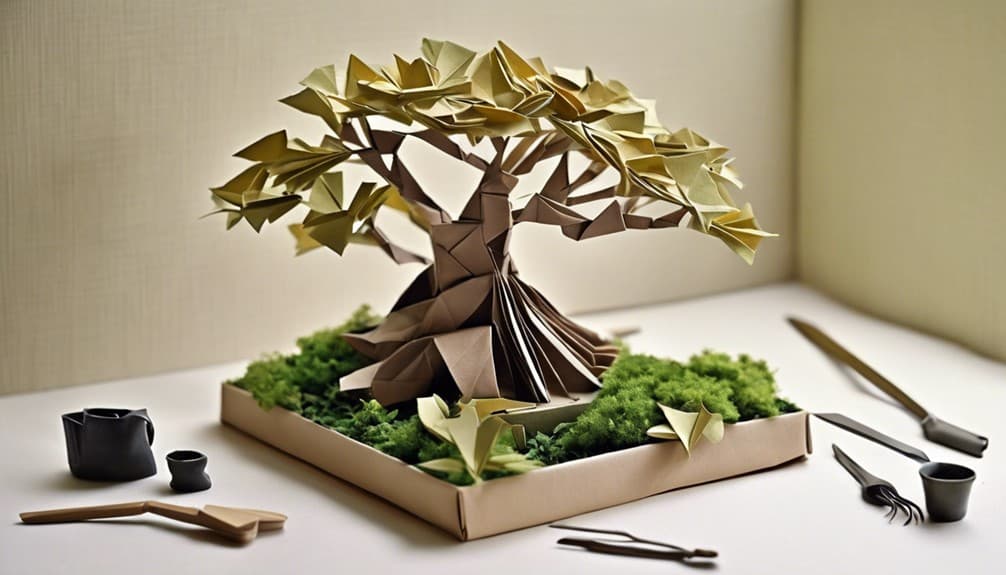
When shaping and maintaining the health of your money tree bonsai, pruning plays a crucial role by directing plant energy and preserving its form. Proper pruning techniques involve using sterilized shears during the growing season to prevent infections and ensure healthy growth.
Regular pruning not only helps maintain the desired shape of your money tree but also prevents common issues like root rot, promoting overall plant health.
In addition to pruning, shaping techniques such as braiding the trunk of a money tree can be used to preserve its lush foliage and distinctive form.
Braiding the trunk isn’t only an aesthetic choice but also symbolizes good fortune in various cultures. It’s essential to braid gently and carefully, avoiding any damage to the tree’s bark or branches.
Winter Care Tips for Money Tree
To ensure optimal health and vitality for your money tree during winter, meticulous care must be taken to shield it from drafts and cold temperatures. Money trees are sensitive to extreme cold and drafts, which can lead to stress and damage.
Reduce the frequency of watering in winter to prevent overwatering and root rot, as the plant’s water requirements decrease during this period.
Monitoring humidity levels is crucial, as dry indoor air can negatively impact the money tree. Consider using a humidifier or pebble tray to maintain adequate moisture in the air.
Additionally, be vigilant of temperature fluctuations and protect the money tree from sudden temperature drops. Avoid placing the plant near heat sources like radiators, as this can cause stress.
Conclusion
In conclusion, the bonsai money tree, scientifically known as Pachira aquatica, is a unique miniature tree with a braided trunk and broadleaf evergreen foliage.
Originating from Central and South America, these trees symbolize good fortune and prosperity in various cultures.
With proper care, including attention to pruning, shaping, and winter care, these trees can thrive indoors or outdoors, bringing a sense of tranquility and natural beauty to any space.


